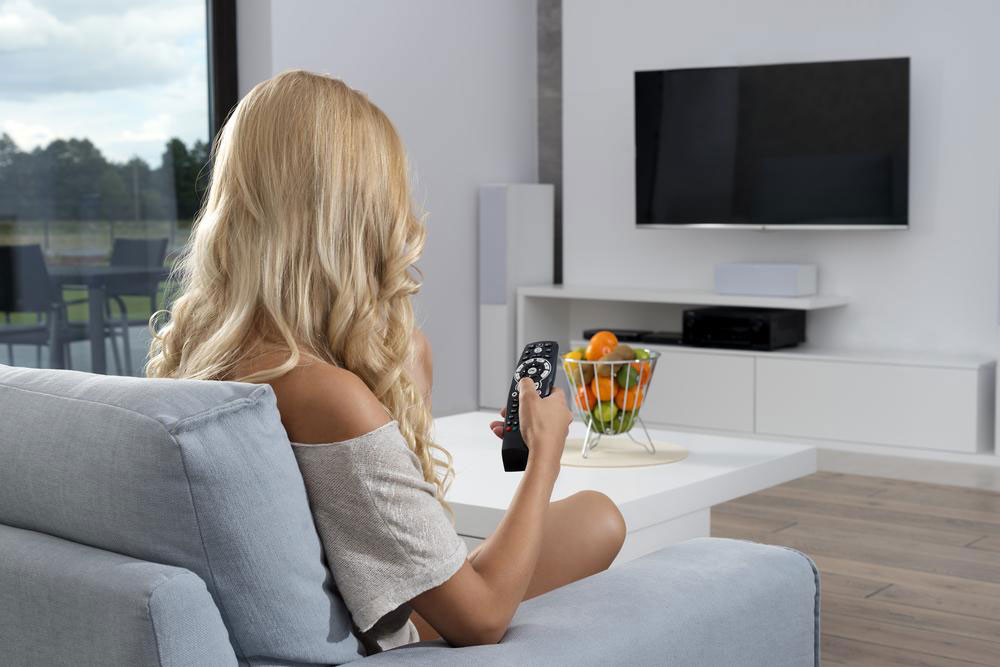4 measurement points for TV installation in your living room
Everyone likes to have a sleek, new 40- or 43- inch TV size to make their living room cool. If you’re determined to fit in a TV cabinet or in between some objects, then knowing the size of the TV set is paramount. Calculating a TVs dimension isn’t tedious, just like tying the shoelaces.
- Estimate
Diagonally measure the TV from one corner to the other. Don’t think that a 40-inch TV is 40-inches wide from bottom left to bottom right; it’s 40 inches from bottom left to top right, or in the other way, bottom right to top left.

Another point is the mistake regarding measurement from the outer edge of the bezel to the opposite edge of the frame. Diagonally calculate from one edge where the screen or frame finishes to the opposite one to avoid the incorrect bezel measurement. Accommodation in a tight space
Calculate the entire size of the TV, whether it’s a 40- or 49-inch TV, including the frame or bezel. The overall measurement of length, width, and depth is vital if you want to fit the TV set in an existing space. If you’re going to buy a 46-inch set, it’s nearly 44.5 inches in width and 25 inches in length. It can technically fit into the existing cabinet, which is 45 inches tall; however, it won’t give an aesthetically pleasing view. For a 45-inch-tall cabinet, buy 40-inch TV set to let some extra space. Aspect Ratio
When it comes to aspect ratio, it’s the proportion of the display image width with respect to its height. Maximum standard TVs use a screen ratio of 4:3, whereas modern TVs use an aspect ratio of 16:9, which is a widescreen TV ratio. Although the diagonal calculation would be same, the total space of the screen would not be the same. The picture of wide-screen TVs will be more horizontal instead of square. Do a simple measurement for matching the screen dimension of one standard TV to that of a newer wide-screen one. For a 4:3 aspect ratio standard TV, multiply the diagonal length of older model by 1.22 to get the screen size of a newer TV. Distance as per the size
It’s pretty critical to determine the actual distance to maintain in between the TV and the seating arrangement. After getting the right size of a TV, the final thing is deciding the distance between the TV and the seating place. For a 40-inch TV, set a 5 to 8 feet. In case of a 46-inch TV, it must be 5.75 to 9 feet.
Calculate the entire size of the TV, whether it’s a 40- or 49-inch TV, including the frame or bezel. The overall measurement of length, width, and depth is vital if you want to fit the TV set in an existing space. If you’re going to buy a 46-inch set, it’s nearly 44.5 inches in width and 25 inches in length. It can technically fit into the existing cabinet, which is 45 inches tall; however, it won’t give an aesthetically pleasing view. For a 45-inch-tall cabinet, buy 40-inch TV set to let some extra space.
When it comes to aspect ratio, it’s the proportion of the display image width with respect to its height. Maximum standard TVs use a screen ratio of 4:3, whereas modern TVs use an aspect ratio of 16:9, which is a widescreen TV ratio. Although the diagonal calculation would be same, the total space of the screen would not be the same. The picture of wide-screen TVs will be more horizontal instead of square. Do a simple measurement for matching the screen dimension of one standard TV to that of a newer wide-screen one. For a 4:3 aspect ratio standard TV, multiply the diagonal length of older model by 1.22 to get the screen size of a newer TV.
It’s pretty critical to determine the actual distance to maintain in between the TV and the seating arrangement. After getting the right size of a TV, the final thing is deciding the distance between the TV and the seating place. For a 40-inch TV, set a 5 to 8 feet. In case of a 46-inch TV, it must be 5.75 to 9 feet.